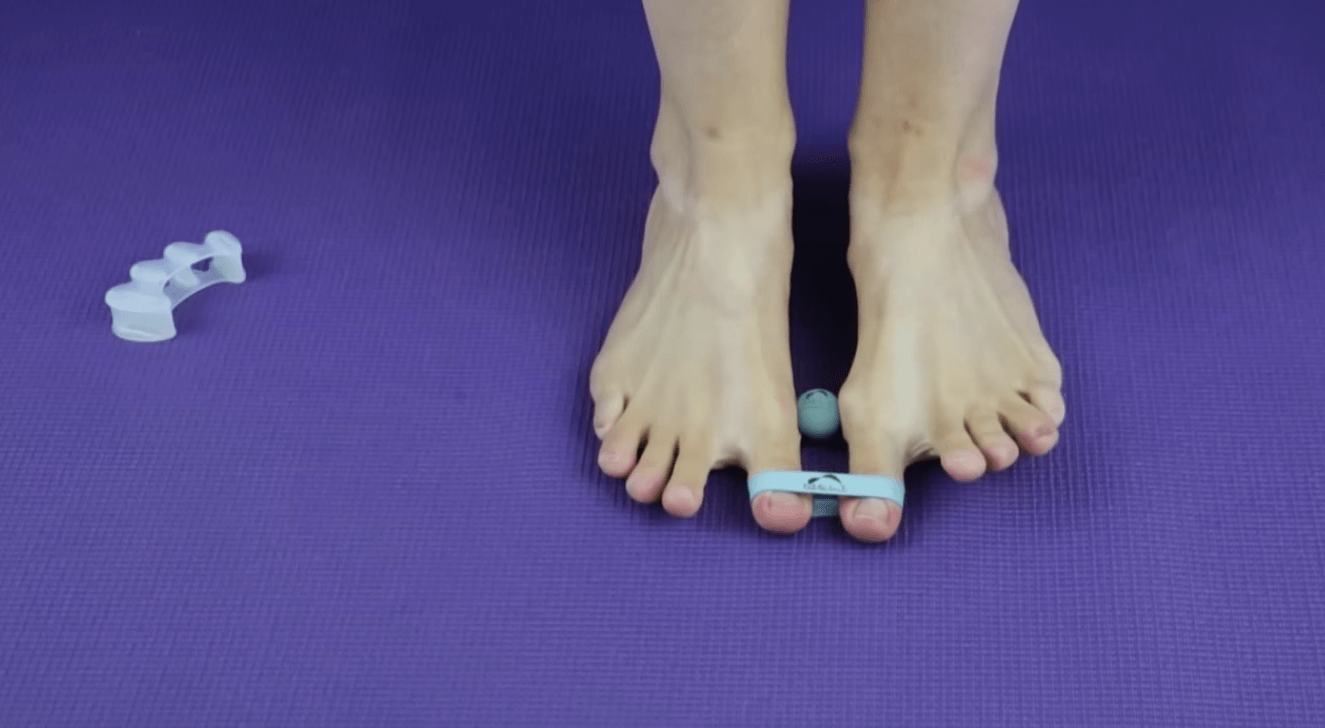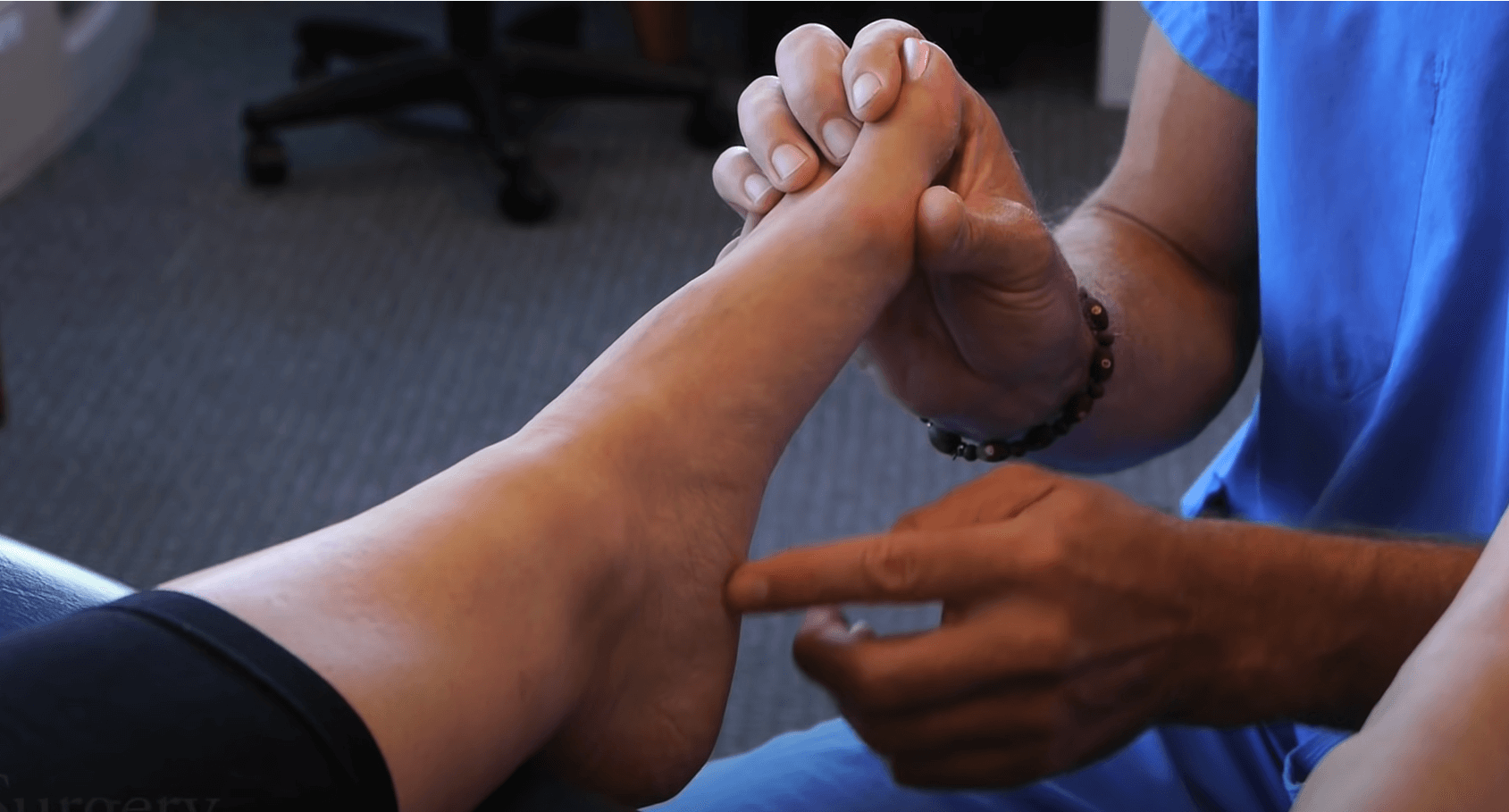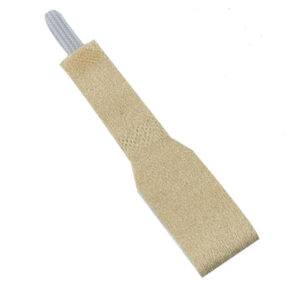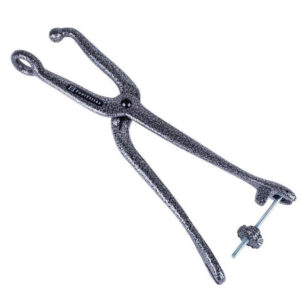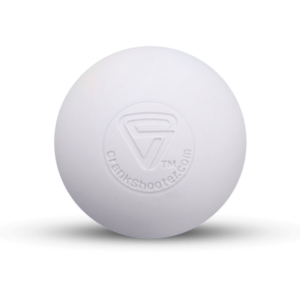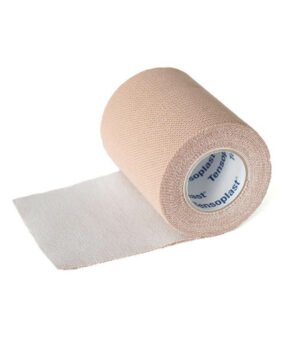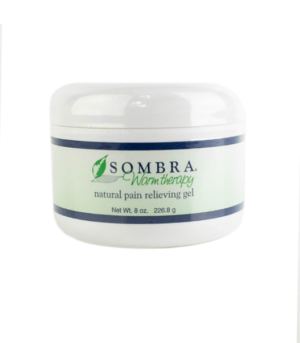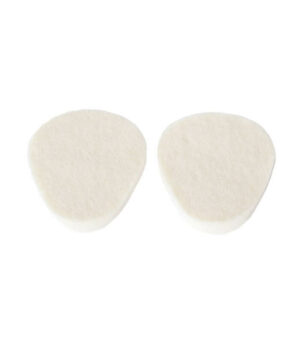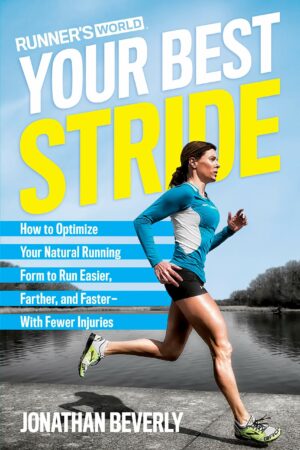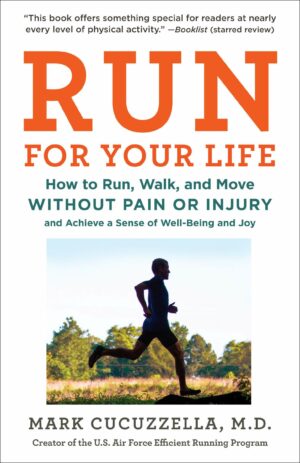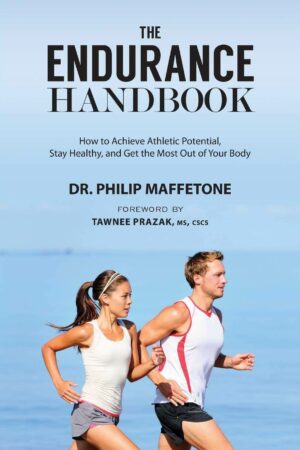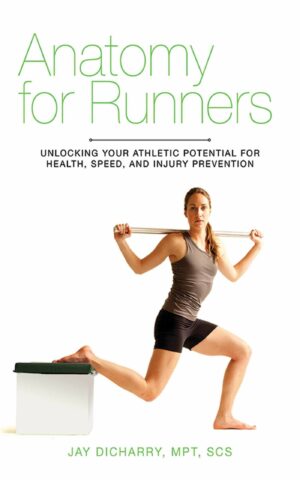The RICE method — Rest, Ice, Compression, Elevation — has been a popular treatment method for injuries since Dr. Gabe Mirkin coined the term in his 1978 book Sportsmedicine Book. Used in both healthcare and athletics settings, RICE can help to quickly reduce symptoms of pain and swelling. But is ‘quickly reducing symptoms’ the best way to heal an injury? Or should the goal be to heal optimally and completely? The RICE protocol has been thoroughly researched and ironically it turns out that rest (immobilization) and ice can actually delay and diminish healing. When presented with this new information in 2015, Dr. Mirkin publicly recanted his original stance on RICE, yet the RICE protocol remains widely used today.
The use of ice for treating medical injuries originated in the 1960s when it was used to preserve the tissue of a severed limb. A remarkable medical breakthrough occurred when a 12-year-old boy became the first person to have a major limb (arm) successfully reattached to his body. The news of this successful procedure quickly spread around the world, capturing public attention. However, as the story was retold by those not directly involved in the surgery, some details were altered and complex medical concepts were simplified for the general public. Over time, one documented case of successfully using ice for tissue preservation prior to limb reattachment surgery was mistakenly generalized to applying ice to all types of injuries to facilitate healing. This belief continues to be widespread even today.
Inflammation, Swelling, and Repair
The RICE protocol aims to combat or stop inflammation and swelling. Many people perceive inflammation as a harmful process that needs to be stopped as soon as possible. However, inflammation is actually a necessary and crucial part of the body’s initial response to injury. It helps control the injury at a cellular level and prepares the tissues for the next phase of healing. Inflammation is followed by a repair phase which is then followed by a remodeling phase, and each phase must come to completion before the next phase can begin. Inflammatory cells trigger blood vessels to open and increase their permeability, which allows healing cells to access the injury and start the repair process. Attempting to limit or suppress inflammation can interfere with this process and result in chronic inflammation.
As the inflammatory phase comes to a close, excess fluid waste (swelling) is cleared through a series of channels throughout the body called the lymphatic system. Lymph vessels rely on movement from nearby skeletal muscle contractions to propel fluid along their pathways. Therefore, muscle contractions are necessary to facilitate the reduction of swelling. Immobilizing the injured area prevents movement and muscle contraction, hindering the lymphatic system’s ability to reduce swelling, which in turn delays tissue repair and increases the risk of chronic inflammation.
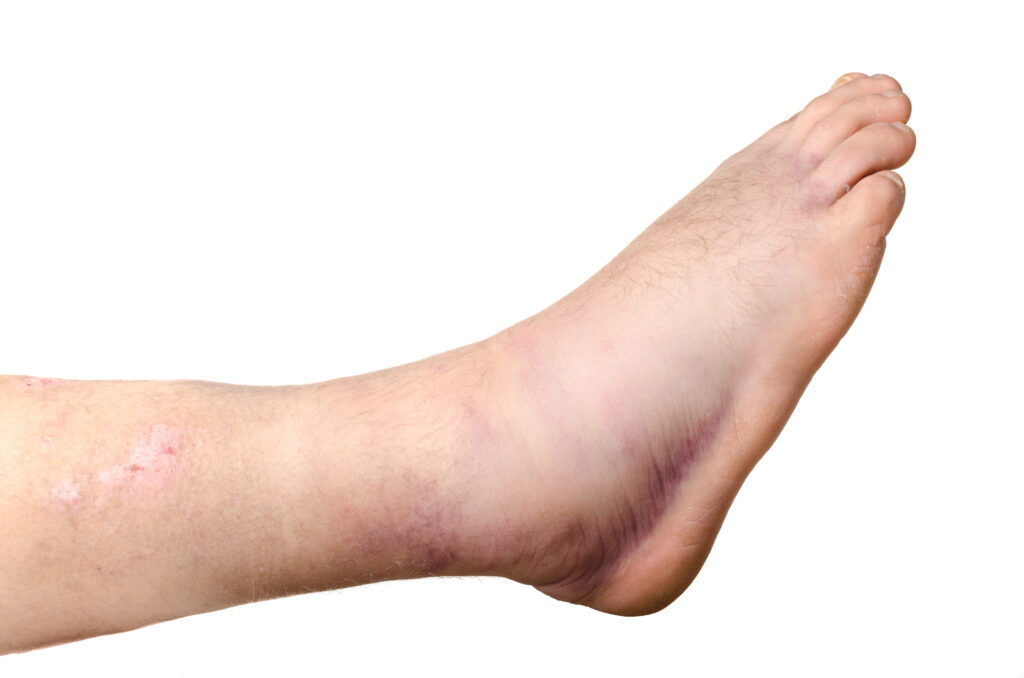
The main issue with inflammation is not necessarily its intensity but rather the interruption or delay of the process and inadequate clearance of inflammatory fluid. In many cases, inflammation does not need to be suppressed, reduced, or delayed, especially in acute situations. Instead, it should be encouraged to run its course efficiently. Optimal inflammation is a swift and strong response that sets the stage for tissue repair. Once the excess fluid is cleared, the repair phase begins by forming new healthy tissue and establishing new blood vessels to deliver oxygen and nutrients to the area. This is followed by the remodeling phase, which relies on adequate blood supply to develop and strengthen the newly formed healthy tissue.
Ice and Immobilization Interrupt Inflammation and Delay Healing
Applying ice to an injury causes the local blood vessels to narrow, reducing blood flow and limiting the movement of inflammatory cells and their signals. This vasoconstriction can persist even after the ice is removed, leading to a low-oxygen environment that hampers healing. Furthermore, ice suppresses the release of IGF-1, a hormone that plays a crucial role in the healing and regeneration of muscles and other injured tissues. Considering these effects, it becomes clear that cold application slows down the healing process.
Resting, particularly by avoiding putting weight on the injured area, can be necessary to prevent further damage. However, it does not actually enhance or accelerate the recovery process. As mentioned before, the lymphatic system relies on muscle contractions to remove waste products from the injured area. Immobilizing the injured area can result in congestion and stagnation, impeding the drainage of excess fluid. This prevents the completion of the inflammatory phase, which in turn hinders the progression to the repair and remodeling phases of healing.
Elevation & Compression
There isn’t strong evidence specifically analyzing the effectiveness of elevation as a post-injury measure. However, it can be beneficial for some individuals. If elevating an injury feels good—go for it, but there’s no need to force it if it doesn’t provide relief. The main purpose of both compression and elevation is to reduce swelling, which can be appropriate in certain situations but should not be the sole focus. Non-rigid braces and compression sleeves can temporarily reduce swelling by physically compressing the affected area. This can alleviate pressure on nearby nerves, reduce pain signals, and improve joint mobility and range of motion. Compression is particularly useful during the rehabilitation and strengthening phases of post-injury recovery, facilitating a smoother transition back to activity. Compression sleeves work great for the ankle, calf, and knee.
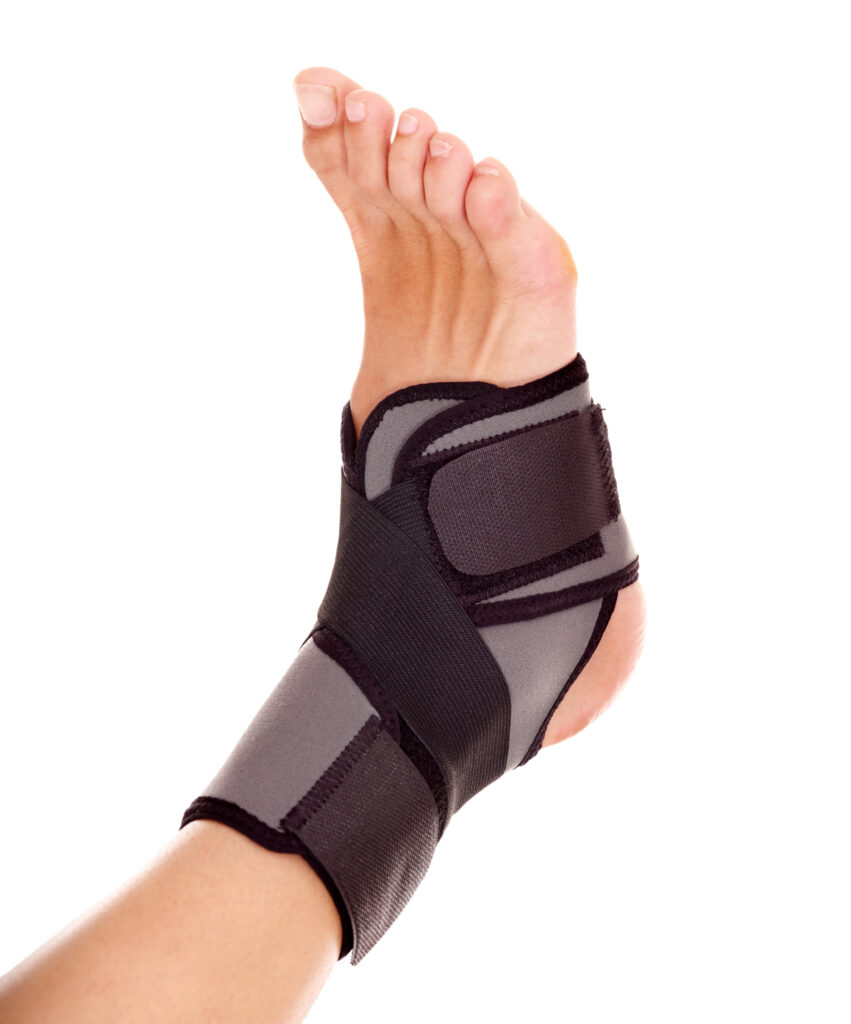
Anti-Inflammatory Medications
In addition to the RICE protocol, anti-inflammatory medications such as NSAIDs (e.g., Ibuprofen, Motrin) are commonly recommended for managing musculoskeletal injuries. It’s important to understand how these medications work so that you can align their use with your healing goals. NSAIDs function by blocking the production of prostaglandins, which are responsible for initiating inflammation. Consequently, they can temporarily reduce inflammation, as well as alleviate pain and swelling. However, as we’ve discussed earlier, inflammation plays a vital role in the healing process. NSAIDs can interfere with fracture healing and impede proper tendon healing following tears. Acetaminophen (Tylenol) works differently from NSAIDs. It primarily helps to reduce pain and fever without significantly affecting the inflammatory process.
However, it’s essential to recognize that masking pain signals can have its drawbacks. Pain serves as a valuable warning sign, alerting us when we may be damaging or injuring ourselves. By suppressing pain, we lose this awareness and run the risk of further injury. Moreover, like many other medications, NSAIDs can have various side effects, but discussing them in detail goes beyond the scope of this article.
HEAT, PEACE & LOVE
We love our acronyms, and if RICE won’t cut it, you can consider alternative approaches like “HEAT” or “PEACE and LOVE.” HEAT stands for Heat, Exercise, Analgesics, and Topicals. Ice can be useful immediately following an injury to help temporarily numb the pain and slow down any potential excess bleeding into the surrounding tissues, but for many injuries, the actual bleeding stops within minutes to hours after the initial injury. Starting within 24-48 hours after most injuries, heat alone or intermittent cold alternating with heat applications (5-10 minutes at a time) can be used to help reduce the potential for stagnation and congestion while encouraging adequate healthy blood flow. Good circulation is crucial for healing, especially in less vascularized areas like ligaments, tendons, joints, and fascia. Heat can also temporarily relieve pain for some individuals.
The “E” in HEAT stands for Exercise. It involves starting with gentle movements and general exercises aimed toward improving the range of motion, gradually progressing to dynamic movements and strengthening exercises as the injury heals. Strengthening the muscles around the injured area supports full functionality and reduces the risk of future injuries.
Analgesics and Topicals are methods to alleviate pain. If optimal tissue healing is your goal, it’s often best to avoid NSAIDs if possible. Sometimes natural supplements like turmeric can help to modulate inflammation. Topical treatments containing menthol, camphor, and capsaicin can effectively reduce pain and encourage exercise. Topicals are particularly suitable for foot and ankle injuries, as the affected structures are often close to the skin surface. One example of a topical treatment is Sombra, used at Northwest Foot & Ankle.
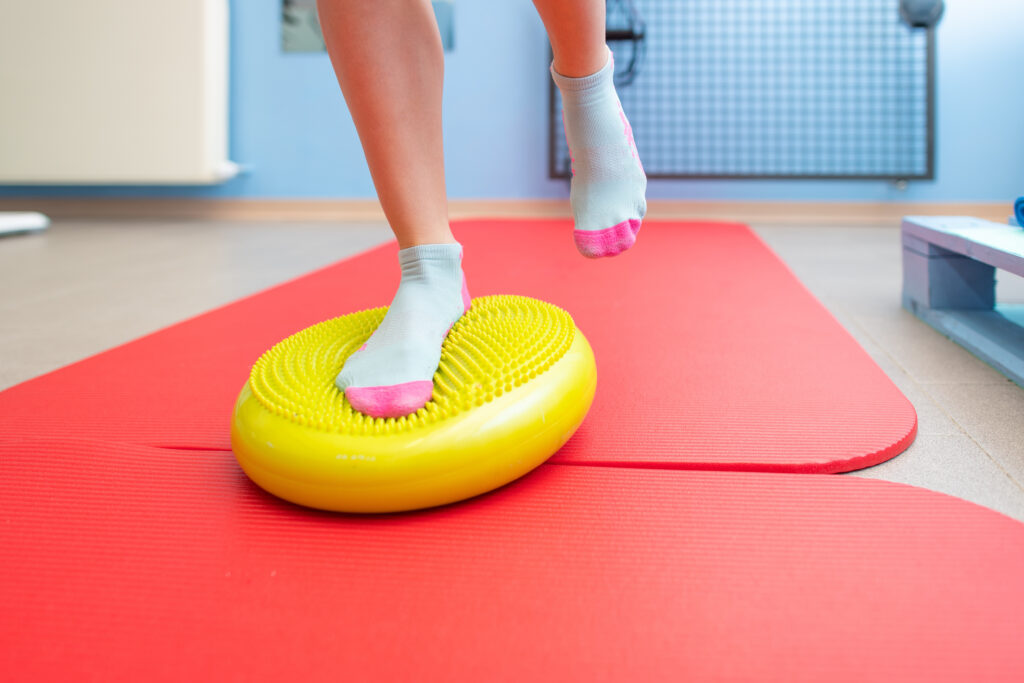
PEACE is a thoughtful approach for immediately following an acute injury and stands for Protect, Elevate, Avoid anti-inflammatory modalities, Compress, and Educate. Patient education is crucial for long-term success. On the other hand, LOVE guides the rehabilitative aspect of recovery, standing for Load, Optimism, Vascularization, and Exercise. When resuming activity, it’s important to manage the load and avoid overexertion to prevent re-injury. Optimism, along with education, plays a significant role in successful treatment outcomes. It’s essential to recognize that we are our own best healers, and rather than impeding or suppressing our natural healing processes, we should learn to support and facilitate them. For more information about how to help heal your specific injury, please consult with your holistically-minded physician or reach out to us at Northwest Foot & Ankle.
Sources
- 1. Scialoia, D. The R.I.C.E Protocol is a MYTH: A Review and Recommendations. The Sport Journal. 2020. Vol. 22.
- 2. Lin CW, Hiller CE, de Bie RA. Evidence-based treatment for ankle injuries: a clinical perspective. J Man Manip Ther. 2010;18(1):22-28. doi:10.1179/106698110X12595770849524
- 3. Su B, O’Connor JP. NSAID therapy effects on healing of bone, tendon, and the enthesis. J Appl Physiol (1985). 2013;115(6):892-899. doi:10.1152/japplphysiol.00053.2013
- 4. Weerasekara RMIM, Tennakoon SUB, Suraweera HJ. Contrast Therapy and Heat Therapy in Subacute Stage of Grade I and II Lateral Ankle Sprains. Foot & Ankle Specialist. 2016;9(4):307-323. doi:10.1177/1938640016640885
Written by: Dr. Andrew Wojciechowski, ND
If you’re seeking more individualized foot health care and would like to work with Dr. Andrew directly, you can schedule at Northwest Foot and Ankle.
Schedule a virtual remote consultation with Dr. Andrew Wojciechowksi, ND.
Schedule an in-person appointment with Dr. Andrew Wojciechowski, ND at Northwest Foot & Ankle in Portland, OR.




